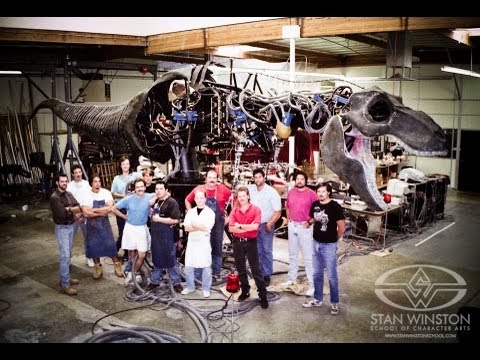Happy Friday the 13th, everyone! Today is opening night for the final show of our 13th season here at Triad Stage (the “Lucky Season”, someone decided to call it). So while I am resting up, check out these links below:
John Barton has been a props master for over 50 years, on films such as Cool Hand Luke (he cooked all those eggs).  Coeur d’Alene Press has a nice article about his life and career.
The Standard Examiner has a great article about Michelle Jensen, the props master at Hale Centre Theatre. Right now, they are working on Mary Poppins, which has more than its share of trick props and unique items.
The Museum of Every Object you can Probably Think Of looks fantastic. Its real name is the Ettore Guatelli Museum, and it houses over 60,000 objects of everyday use. Check out the pictures in this article.
Jurassic Park turned 21 this week, and Wired has a look back on how it revolutionized special effects. The film famously used a mix of CGI and large-scale puppets for the dinosaurs. For a look at what-might-have-been, check out this pre-visualization test of stop-motion puppets, which is what they were originally going to use. I remember seeing the film on opening day with my dad and brother; hard to believe that was 21 years ago.

